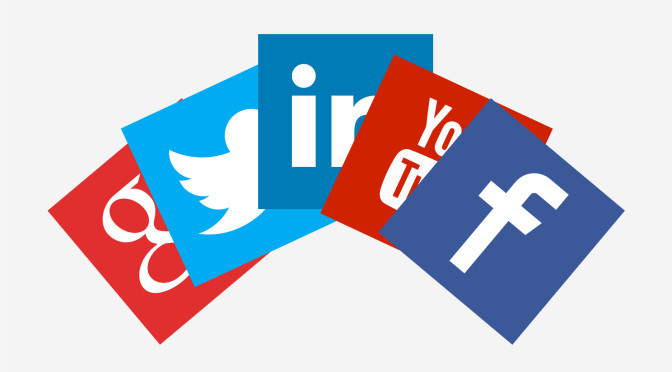When you think of QVC, Shark Tank’s Lori Grenier is probably the first person you’ll associate the channel with. Dubbed “The Queen of QVC”, Lori made a living from selling her products by using the platform to promote her products on television. Her success catapulted the channel’s household name recognition, and for the past 5 years or so they’ve been the king of infomercials, and arguably so as many businesses have reaped the benefits of using QVC as a marketing channel. However, all good things must come to an end, and sometimes even kings and queens get dethroned. Ladies and gentlemen, the new kid in the block, Facebook Live, is ready to change how you shop and how businesses advertise to you.
Live streaming is slowly becoming a part of hour daily lives. Whether it’s Periscope, YouTube, or Facebook, you’ve either watched a live event, tuned into your favorite vlogger’s live Q and A, or perhaps even you have picked up your phone and went live. Needless to say our phone, laptop, and tablets are just an arm’s reach away, and tech savvy businesses are well aware that your attention is no longer focused on the television, but on social media.
On my Facebook news feed, a childhood friend had commented on a live stream from a small business that was selling women’s clothing targeted towards women in their 20’s. Of course being a guy, I wasn’t interested in what these women were selling, but the marketer in me couldn’t help but notice the effectiveness of having a live infomercial where viewers’ questions were being answered immediately. The ability to interact live through the use of Facebook will eventually bring many businesses in television marketing, like QVC, to their knees. How can you draw businesses to use your platform if there’s a cheaper, more effective and direct solution to a problem that up until now, has been a brick wall that has stopped many small businesses from getting to the next level?
To get a spot on QVC, you’re looking at paying $10,000 if not more. On Facebook it’s free to live stream, and your only costs will be ad campaigns and boosted posts. What live streaming has essentially done is break down the barriers that have held small businesses back and now give them the chance at national, and possibly global expansion to new markets through the use of social media channels. The power is no longer in the hands of a selective few, and now women in their 20’s can pave their own way to success by utilizing Facebook live.
QVC may not be the only potential casualty as social media and live streaming become more common and mainstream. Many old technologies could become obsolete, and much like MTV’s emergence killed the radio star, social media could very well be the death of television as we know it, and along with its funeral, many businesses related to TV could very well go under if they don’t transition over to platforms such as Facebook.
Despite the many businesses that could be affected by live streaming replacing a large portion of television shows, infomercials, and sporting events, new companies will arise, ushering in a new era. We could be living through a technological revolution, bigger than many have anticipated, that along with it brings a wave of small businesses popping up across the country that will no longer be regionally based, but could conduct business throughout the county and internationally. We’ve only seen the tip of the iceberg, and with each passing day, it just continues to get better and better.
While QVC’s days might be numbered, we are now entering the Golden Age for small businesses who effectively use social media to the fullest. Instead of throwing thousands of dollars away on television advertising that will continue to be less influential in the buying process for consumers as the years pass, social media will be the platform that yields a high reward because of it’s unlimited potential and ability to reach virtually everyone.
January 1st is right around the corner, and the perfect time for a new start and new direction for your business’ advertising strategies. Incorporating Facebook Live into your weekly activity on social media, could be the deciding factor between having a great year, or being left behind by those who were willing to innovate.





